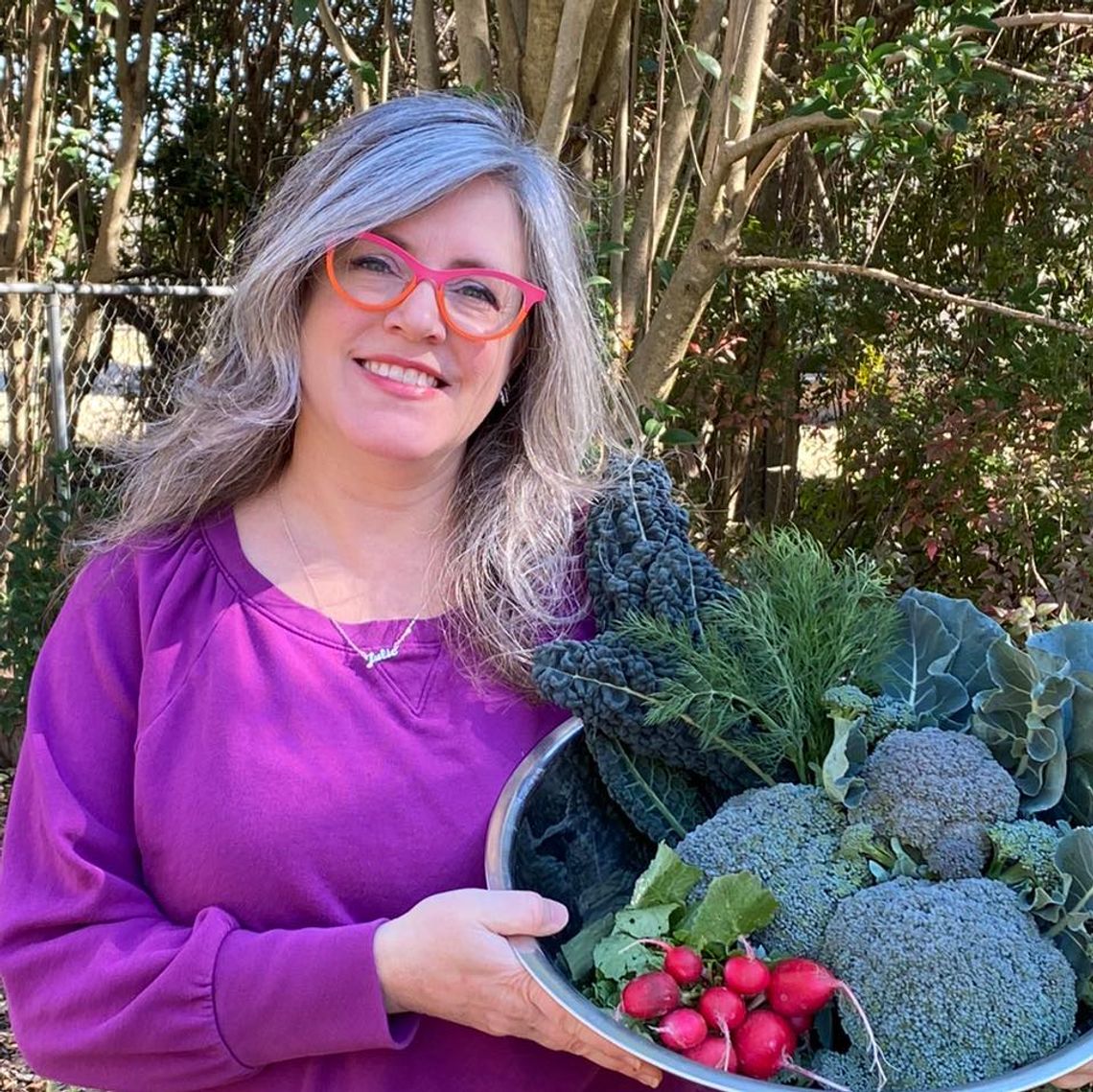Springtime in Central Texas is an incredible time of year, especially if you enjoy plants and nature. The warmer, sunnier days and the spring wildflowers inspire many to get outside and enjoy the outdoors.
If you haven’t started a vegetable garden this year, Mid-April is a wonderful time to plant one. We can plant these warm season vegetables from seeds– now through the end of April: beans, cantaloupe, chard and other warm season greens, cucumbers, okra, southern peas like black-eyed peas, summer and winter squash, and watermelon. We can also plant sweet potato slips as well as transplant eggplant, peppers and tomato seedlings.
In anticipation of the long summer days and rising temperatures, be sure to add a nice layer of mulch around your plants.
A healthy root system is really important to keeping the top parts of your plants alive. When plants get stressed from disease, damage, heat or water stress, a healthy plant is more likely to be able to recover.
Mulch may be about the best thing you can do for plants. A nice layer of mulch will keep the weeds down. Mulch acts like an insulator keeping the soil cool and moist. Plants will be a lot less heat stressed if they have cool, moist soil for their roots. It’s harder to fail at gardening if your plants have a strong root system. Mulch keeps the soil from drying out as quickly, so you’ll conserve water. A nice layer of mulch also keeps the weeds down. Mulch breaks down over time and as it decomposes it provides nutrients.
There are lots of things you can use as mulch. It doesn’t have to be the fancy bagged hardwood mulch. Those are nice and function the same as other options. They can add a finished look to your flower beds and help define the planting space. Don’t limit yourself to bagged mulch. You can use leaves, grass clippings, straw or pine needles. You can use shredded newspaper or even cardboard. It all works the same while suppressing weeds and retaining moisture.
Some people use hay for mulch. Being a natural material and lighter compared to bark mulch, it makes a good mulch. The only downside is that it can be full of undesirable seeds and may be treated with agricultural chemicals. It just depends on where you get it and if they can tell you about it. If you plan to stick to organic principles for your garden, make sure your hay hasn’t been treated with anything you don’t want in your garden.
Two to three inches of mulch around your plants and in your beds will make your plants happy while making things a little easier for you.
With 25 years of backyard gardening experience, Julie is a plant and nature enthusiast. She lives in Taylor and hosts the “Plow & Hose Organic Gardening in Central Texas” podcast and radio show that airs on KBSR, Black Sparrow Radio every Saturday and Sunday at 9 am.





